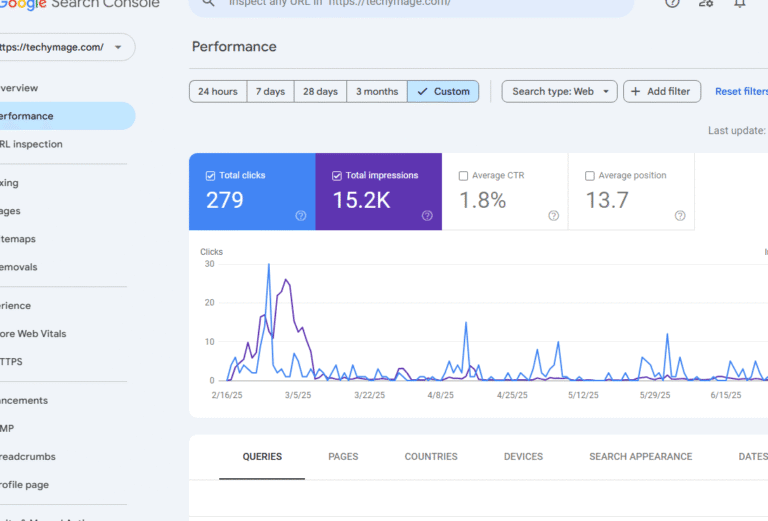The India Air Conditioner Market experienced substantial growth during the past decade underpinned by people earned more money and cities expanded while residents learned about better indoor air quality. The India Air Conditioner Market displays an exceptional seasonal demand pattern as its main characteristic. The India Air Conditioner Market shows distinct seasonal patterns which manufacturers and retailers and marketers need to understand to maximize their potential in this competitive market. The India Air Conditioner Market exhibits distinct seasonal patterns which companies need to understand for better market performance.
Understanding the Seasonality in the India Air Conditioner Market
Air conditioners serve mostly as cooling appliances in India because the climate requires cooling more than heating in this country. The wide range of Indian climate zones ranging from hot summer to mild winter seasons determines how customers make their purchasing decisions. The sales pattern of air conditioners experiences significant fluctuations between peak and low seasons because of this effect.
Summer: The Peak Demand Season
The Indian summer between March and June represents the peak sales season for air conditioner manufacturers in the country. The summer season heats northern and central regions of India above 40°C which drives consumers to seek cooling solutions.
Air conditioners generate between 60% to 70% of their yearly sales through these months across retailers and e-commerce platforms. The India Air Conditioner Market experiences a high number of new product releases and financing options and promotional campaigns designed to draw overheated customers.
Major Indian cities in Delhi, Mumbai, Bangalore and Hyderabad serve as key drivers behind this market demand. The expansion of electricity access and income levels throughout Tier 2 and Tier 3 cities drives their rapid contribution to market growth.
Pre-Summer Promotions
Manufacturers initiate their marketing activities together with dealer incentives starting in February. The creation of market dominance before peak competition occurs depends on pre-booking discounts and cashbacks and exchange offers.
Retail and distribution channels conduct inventory stockpiling activities during pre-summer to meet anticipated summer market demand. Brands spend generously on digital marketing together with influencer campaigns and regional advertising to increase their market presence.
Monsoon: Cooling Off in Sales
The India Air Conditioner Market experiences significant sales reductions during the monsoon season (July to September). The combination of cooler and humid weather conditions diminishes the need for air conditioning. The India Air Conditioner Market enters a period of reduced activity during this time which causes retailers to discount their unsold inventory to stimulate sales.
The period demands extra attention from after-sales service providers since maintenance and repair requests increase significantly. People utilize this period to maintain their air conditioning equipment before the upcoming usage period begins.
Winter: Minimal Sales, Maintenance Focus
During the period from November through February winter controls most of northern and central India. The market for air conditioners experiences its minimum sales during this time period. The India Air Conditioner Market uses the off-season period for essential strategic activities.
Brands make strategic use of this period for:
- The India Air Conditioner Market uses this off-season to create production schedules for the upcoming peak season.
- The evaluation of sales data enables supply chain optimization.
- The company provides maintenance packages together with Annual Maintenance Contracts (AMC) to its customers.
- The company enters the market with inverter ACs and hot-and-cold AC models to pursue niche sales opportunities.
Hot-and-cold ACs together with energy-efficient models experience moderate growth during the colder months in specific areas.
The Impact of Regional Climate Variations
India’s geographical diversity means different regions experience different climate patterns. For example:
- Southern India: With relatively warm weather year-round, demand is more evenly distributed, though still highest in summer.
- Northern India: Experiences extreme heat and cold, making seasonal sales cycles more pronounced.
- Coastal areas: Humid climates drive demand for ACs with dehumidifier features.
Understanding regional micro-trends allows brands to localize marketing strategies and stock the right products in the right places.
Technology and Product Trends Aligned with Seasons
Technological innovation in the India Air Conditioner Market has aligned closely with seasonal demands:
- Inverter technology: Gains popularity due to energy efficiency during extended summer usage.
- Smart ACs: Offer remote control, scheduling, and AI-based cooling optimized for varying weather conditions.
- Air purifiers and filters: Added to ACs due to rising pollution awareness, especially in winter.
- Portable and window ACs: Popular in rented accommodations during summer months.
Seasonal requirements also influence design—sleek models with faster cooling modes are preferred during summers, while energy-efficient modes are favored year-round.
E-commerce and Seasonal Demand
Online platforms have significantly altered how the India Air Conditioner Market responds to seasonal demand. During peak months, online searches and purchases increase sharply. E-commerce giants like Amazon and Flipkart time their mega sales (e.g., Summer Sale, Big Billion Days) around these peaks, offering deep discounts, no-cost EMIs, and installation services.
This digital shift also provides manufacturers with real-time data on consumer behavior, enabling dynamic pricing and targeted advertising based on seasonal trends.
Challenges Posed by Seasonality in the Market
While seasonal demand boosts sales during peak months, it also introduces challenges:
- Inventory management: Overstocking or understocking can hurt profitability.
- Logistics: High demand in summer can strain supply chains.
- Pricing pressure: Intense competition during summer can lead to margin cuts.
- Workforce management: High demand for installation and servicing during peak seasons can overwhelm service teams.
Addressing these challenges requires effective forecasting models, dynamic supply chains, and robust after-sales networks.
Conclusion
The Air Conditioner Market in India is inherently shaped by the country’s climatic seasons, with summer acting as the primary catalyst for growth. Understanding the seasonal demand trends—from the scorching summer peak to the winter slowdown—offers crucial insights for brands, marketers, and retailers looking to thrive in this evolving landscape.





